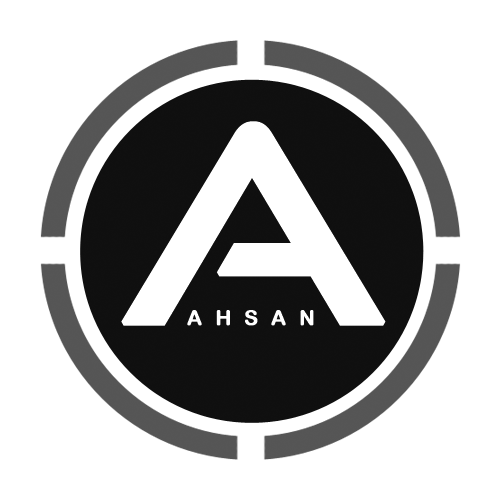Artificial Intelligence is reshaping how software is imagined, created, and shipped. Two emerging paradigms are redefining this shift: Vibe Coding and Agentic Coding. Although both leverage the power of large language models (LLMs), they differ profoundly in autonomy, philosophy, and the role of the developer. Understanding their distinctions reveals how human creativity and machine intelligence will coexist in the software engineering landscape of the future.
What Is Vibe Coding?
Vibe Coding represents a new, intuitive mode of development where the human developer collaborates with an AI through natural language conversation. Instead of writing code line by line, the developer communicates the overall “vibe” or intent of a feature. The AI responds by generating meaningful code snippets, which the developer then evaluates, refines, and integrates. This process becomes a co-creative loop where brainstorming, experimentation, and iteration happen fluidly through prompts and feedback.
The essence of vibe coding lies in human direction, AI assistance. Developers stay firmly in control, shaping outcomes through strategic thinking while offloading the heavy lifting of syntax and repetitive implementation tasks to the AI. It shines in early-stage ideation, rapid prototyping, UI/UX exploration, learning new frameworks, debugging through conversation, and experimenting with multiple approaches.
Because the developer oversees execution, testing, and validation, vibe coding is highly interactive but limited in automation. It requires frequent manual review and relies heavily on the clarity of prompts.
What Is Agentic Coding?
Agentic Coding advances this idea into a more autonomous territory. Here, AI is not merely a coding assistant but an active software development agent capable of planning, executing, testing, and iterating complex tasks with minimal human guidance.
The developer’s role shifts from hands-on coder to architect and supervisor. They define the high-level goal, and the agent handles the rest. It analyzes the codebase, breaks the objective into logical subtasks, applies modifications, runs tests, fixes errors, updates documentation, and even manages version control.
Agentic systems thrive in structured engineering tasks such as large-scale refactoring, CI/CD automation, dependency upgrades, regression fixing, and safe execution inside sandboxed environments. Equipped with memory, context tracking, error-detection loops, rollback mechanisms, and autonomous testing pipelines, they bring reliability and scalability to enterprise-grade workflows.
How They Complement Each Other
While vibe coding is human-guided and creativity-driven, agentic coding is autonomous and operations-driven. One excels in brainstorming and rapid experimentation, the other in execution, testing, consistency, and repeatability. The future will not be about choosing between them but hybridizing both approaches. A modern development workflow might begin with vibe coding to explore ideas, draft architecture, and develop prototypes — then transition to agentic systems for automation, verification, deployment, and maintenance.
In essence, vibe coding amplifies human creativity, whereas agentic coding amplifies system reliability and scale. Together, they represent the evolution of AI-assisted software engineering — a blend of human intuition and machine autonomy that will shape how we build software in the decades ahead.



